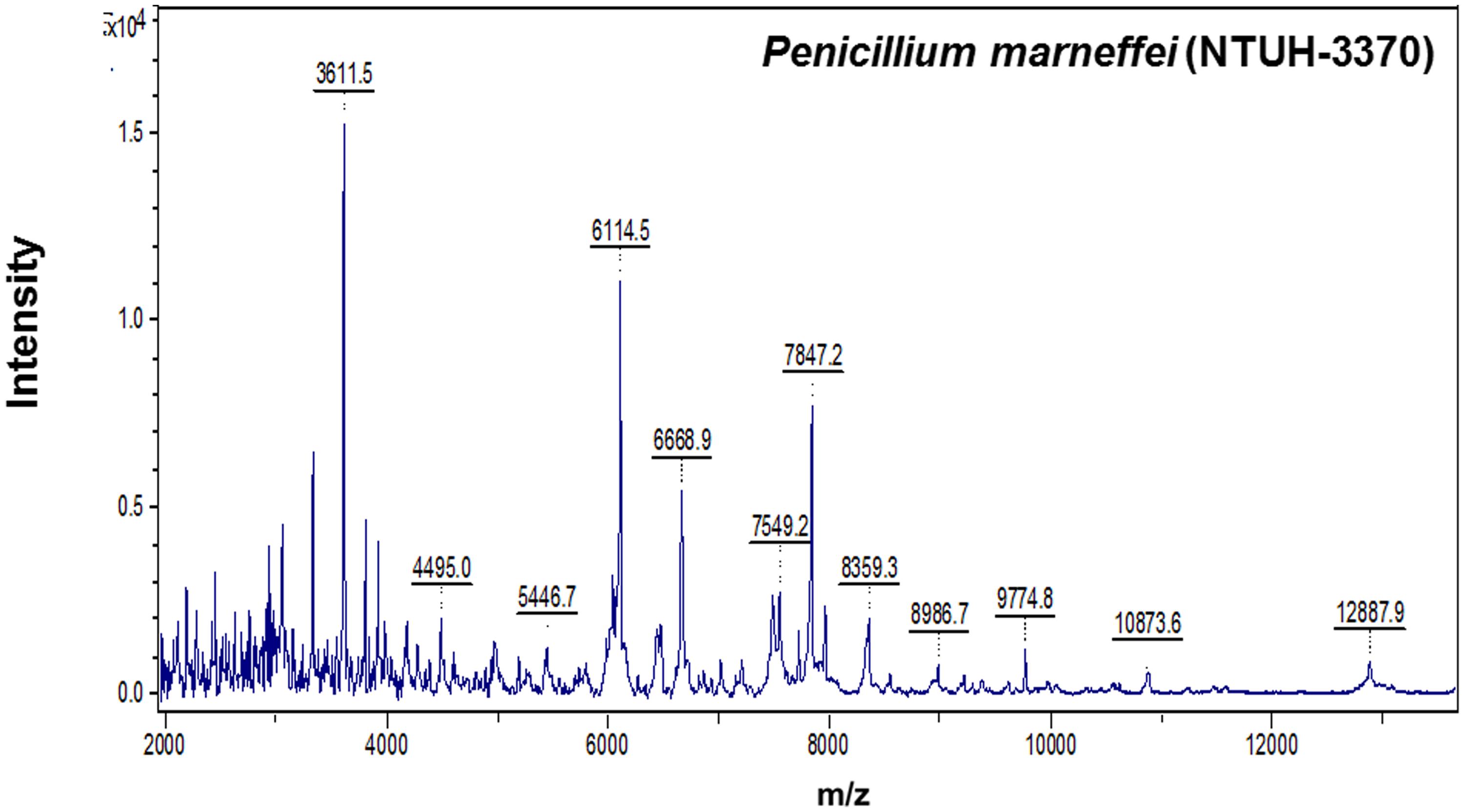Hey everyone!
Time is really starting to fly by. I cannot believe that we are already in the sixth week of research. Seems like yesterday I had no idea what I was doing for my senior research project. So, as you may remember, my project recently changed to focus more on bio-based binder.
One of the reasons I am looking into bio-binder is because of the great environmental benefits to our society.
1. Since resources such as rice, sugar, and corn are very readily available, this allows the US economy's demand for petroleum decrease; therefore, it is renewable.
2. Crude oil is a scarce resource and it used in a variety of ways. When heated up to a certain degree, it acts as the gas we put in our car; this is called "crude oil distillation process". But when crude oil is heated to 340º F, a residue remains and that's called asphalt. By replacing asphalt with bio-binder, we are not depleting a natural resource.
3. Heat islands are when the temperature of a city is significantly higher than the temperature of a rural area nearby. If the temperature is hotter, then naturally, people will use their air conditioning more. This cause air pollution. With the use of bio-binder, heat islands will decrease and pollution will decrease.
4. It is also cost competitive. One gallon of bio-binder will cost around 54 cents; one gallon of asphalt costs around $2. In the long run, US will save millions of dollars just by partially replacing it.
(Side note: I don't know if this means that taxes will decrease. But let's hope that's the case because who likes taxes am I right?? I just had to file my taxes this week so I feel as if a lot of my money has just bounced out of my bank account.)
5. The temperature required to produce asphalt uses a lot of energy. So, bio-asphalt binder can lower the production temperature of hot mix asphalt, which may decrease paving costs by 30%, and reduce greenhouse emissions by 30%. This basically means that will be a reduced carbon footprint.
I just got the results back from the DSR testing from last week, but let's save that for next week. I will attach the presentation in next week's post. I know this is usually the time to share my latest adventure in painting, but honestly it looks so bad I can't even look at it. So maybe next week or the week after.
BYE!
P.S. Good luck to everyone on upcoming college results! I hope you all get into your dream school :)
Time is really starting to fly by. I cannot believe that we are already in the sixth week of research. Seems like yesterday I had no idea what I was doing for my senior research project. So, as you may remember, my project recently changed to focus more on bio-based binder.
One of the reasons I am looking into bio-binder is because of the great environmental benefits to our society.
1. Since resources such as rice, sugar, and corn are very readily available, this allows the US economy's demand for petroleum decrease; therefore, it is renewable.
2. Crude oil is a scarce resource and it used in a variety of ways. When heated up to a certain degree, it acts as the gas we put in our car; this is called "crude oil distillation process". But when crude oil is heated to 340º F, a residue remains and that's called asphalt. By replacing asphalt with bio-binder, we are not depleting a natural resource.
3. Heat islands are when the temperature of a city is significantly higher than the temperature of a rural area nearby. If the temperature is hotter, then naturally, people will use their air conditioning more. This cause air pollution. With the use of bio-binder, heat islands will decrease and pollution will decrease.
4. It is also cost competitive. One gallon of bio-binder will cost around 54 cents; one gallon of asphalt costs around $2. In the long run, US will save millions of dollars just by partially replacing it.
(Side note: I don't know if this means that taxes will decrease. But let's hope that's the case because who likes taxes am I right?? I just had to file my taxes this week so I feel as if a lot of my money has just bounced out of my bank account.)
5. The temperature required to produce asphalt uses a lot of energy. So, bio-asphalt binder can lower the production temperature of hot mix asphalt, which may decrease paving costs by 30%, and reduce greenhouse emissions by 30%. This basically means that will be a reduced carbon footprint.
I just got the results back from the DSR testing from last week, but let's save that for next week. I will attach the presentation in next week's post. I know this is usually the time to share my latest adventure in painting, but honestly it looks so bad I can't even look at it. So maybe next week or the week after.
BYE!
P.S. Good luck to everyone on upcoming college results! I hope you all get into your dream school :)




